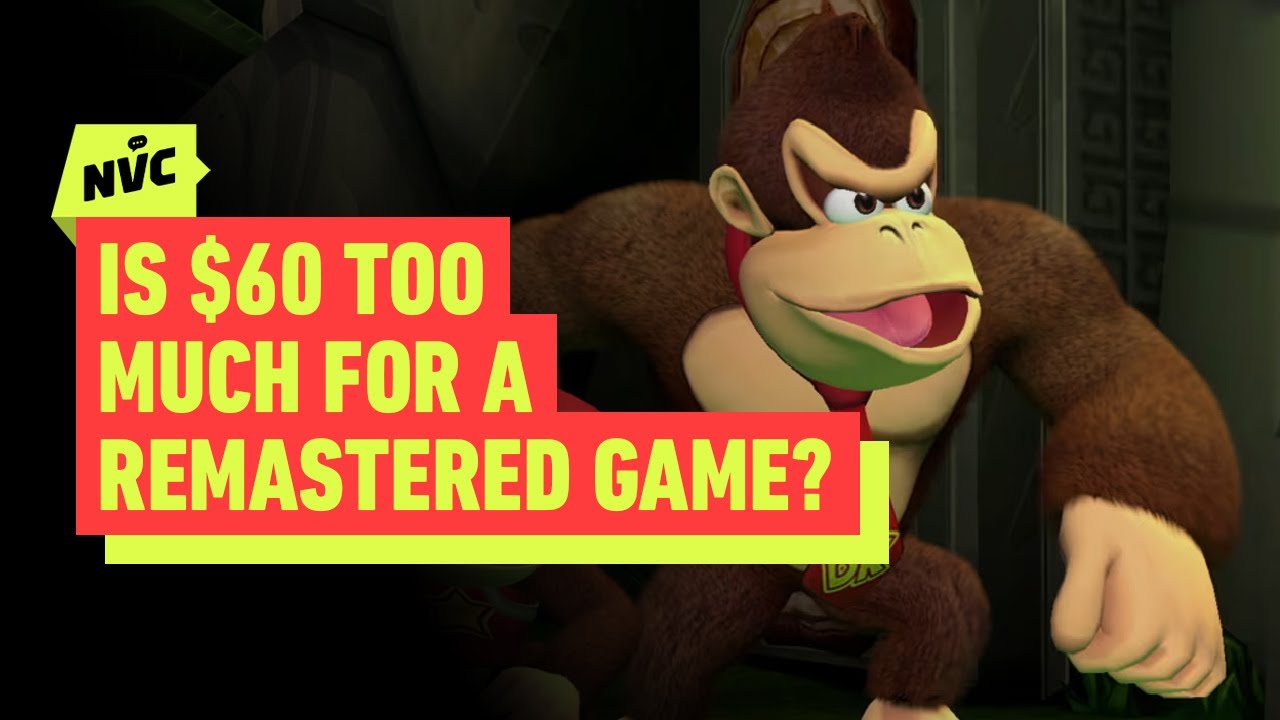The pricing of remastered games, especially “Donkey Kong Country Returns HD,” has sparked debates among gamers and industry experts. The discussion delves into the rationale behind Nintendo’s decision to retail these remasters at $60 and whether it aligns with consumer expectations.
One perspective presented in the conversation suggests that $60 for a remastered game is justifiable. It’s argued that supporting Nintendo through these purchases enables the company to continue producing high-quality, innovative games that fans love. The profitability from remasters like “Donkey Kong Country Returns HD” allows Nintendo to fund the development of new titles, maintaining a balance in their game portfolio.
On the other hand, there are concerns about the lack of consistency in Nintendo’s pricing strategy. The absence of discounts, such as those seen in the Nintendo Select program in the past, raises questions about accessibility for players of varying financial backgrounds. Some argue that revisiting such programs could provide more affordable options for players, especially for older titles like remastered games.
Furthermore, the conversation highlights the impact of market conditioning on consumer behavior. The anticipation for price drops, as observed with other developers like Ubisoft, influences purchasing decisions, leading to a wait-and-see approach for many potential buyers. This market trend underscores the delicate balance between offering value to consumers and maintaining product integrity.
Ultimately, the debate on the pricing of remastered games reflects broader industry trends and consumer expectations. While some defend the $60 price point as necessary for sustaining Nintendo’s game development efforts, others call for more transparent and consistent pricing strategies to cater to a diverse gaming audience.
In conclusion, the discussion surrounding the pricing of remastered games like “Donkey Kong Country Returns HD” showcases the complexities of balancing commercial interests with consumer satisfaction in the gaming industry. As players navigate these decisions, understanding the nuances of pricing strategies and their implications can lead to more informed choices in supporting game developers.












